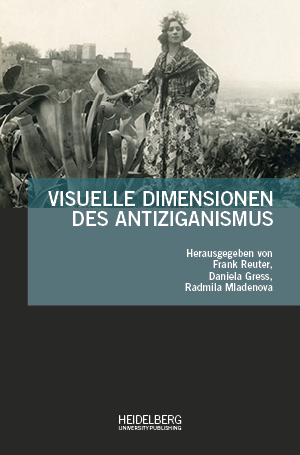How to Cite
License (Chapter)

This work is licensed under a Creative Commons Attribution-ShareAlike 4.0 International License.
Identifiers (Book)
Published
„Balkan-Typen“. Bildpostkarten als inszenierte Momentaufnahmen des frühen 20. Jahrhunderts
Abstract Oscar Miehlmann’s postcard series „Balkan Types“ shows stereotypical depictions of the Balkans and people labeled as „Gypsies“ during the First World War. The widely popular series is analysed here with regard to the staging of the Balkans and the instrumentalisation of the „Gypsies“ as an exotic and socially voyeuristic motif. The series is thus exemplary for a multitude of other representations in the mass medium of picture postcards (for example, the several thousand cards of the Rom e. V. in Cologne). Only through the reconstruction of the series does it become apparent to what extent the „Gypsy“ motif is overrepresented as a pars pro toto for civilisational ‘backwardness’ and foreignness. As a result, those who correspond via the postcards place themselves in a superior role, and the military location is virtually transformed into a tourist adventure. The aesthetic and ironic moments of the series as well as the artistic ambition of the Hamburg photographer cannot conceal the underlying openly racist discourse towards Balkans and Roma, but rather reinforce it.




